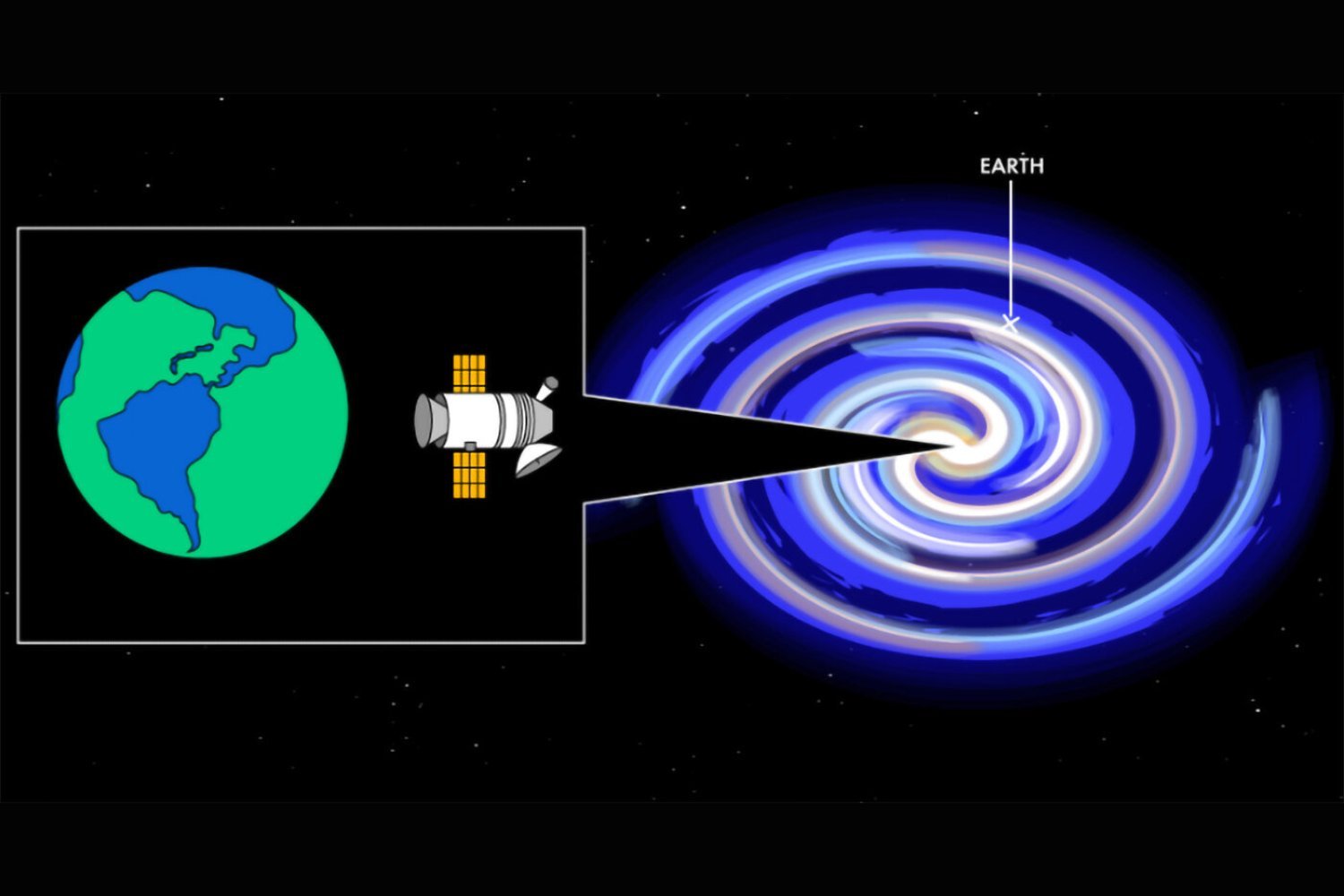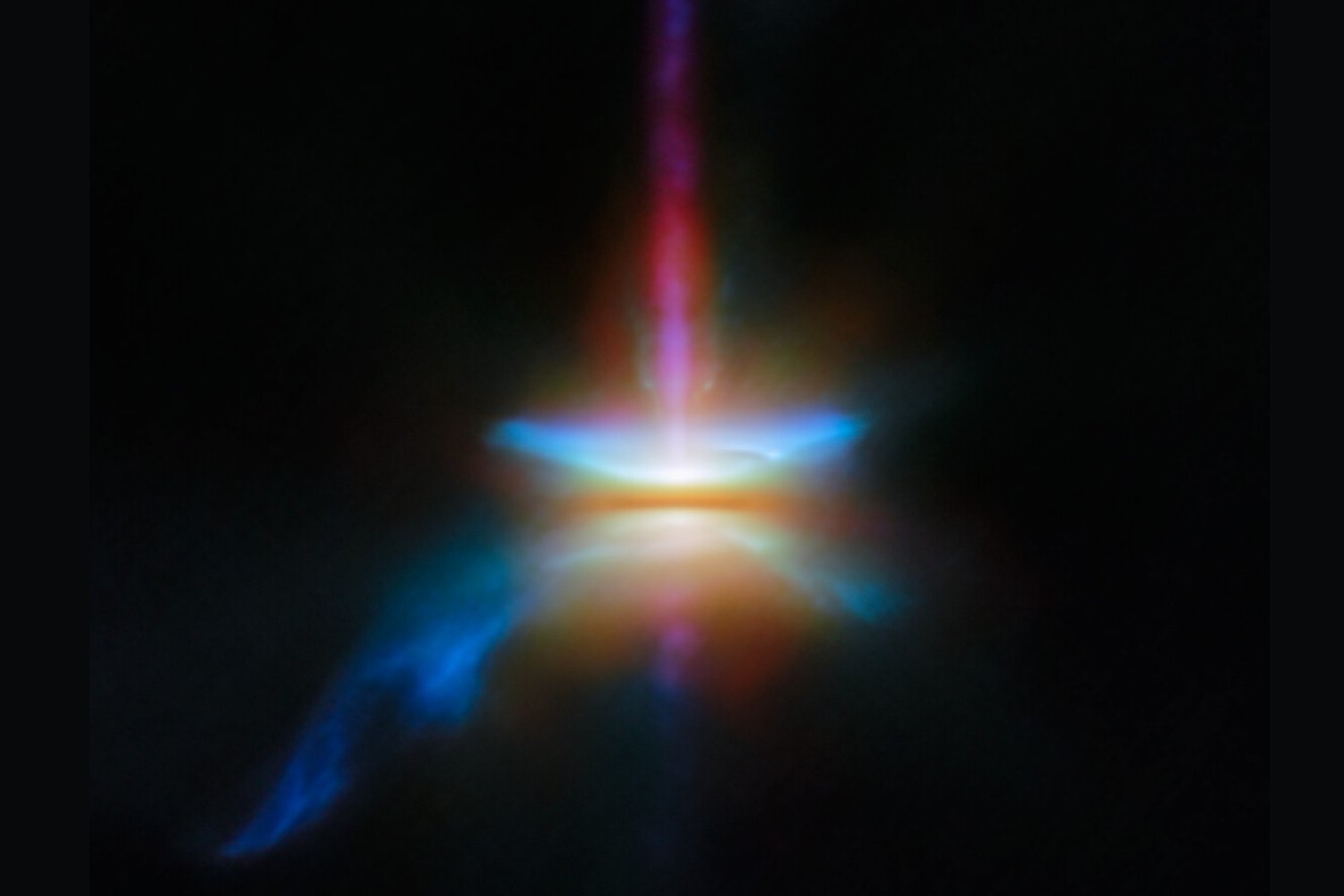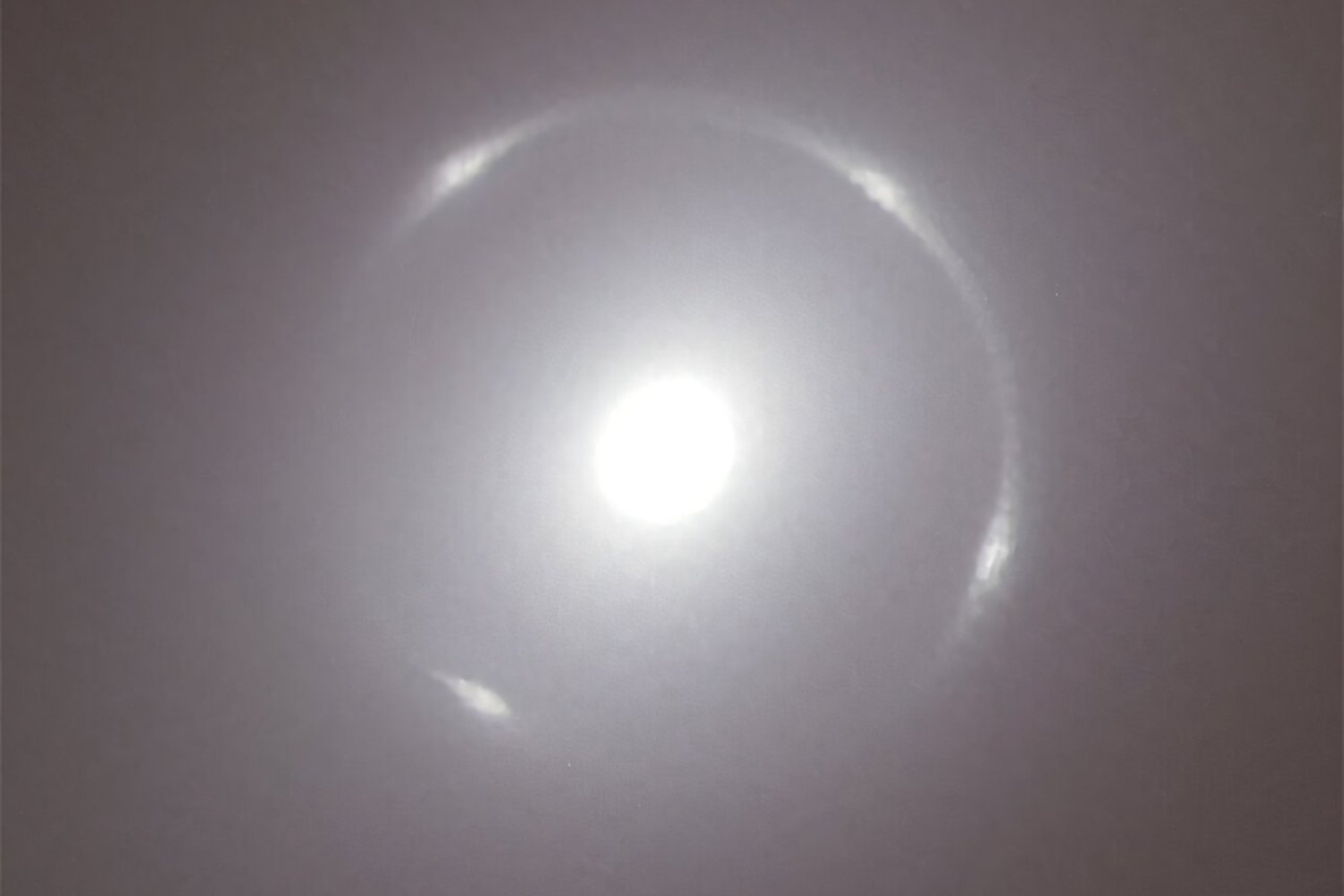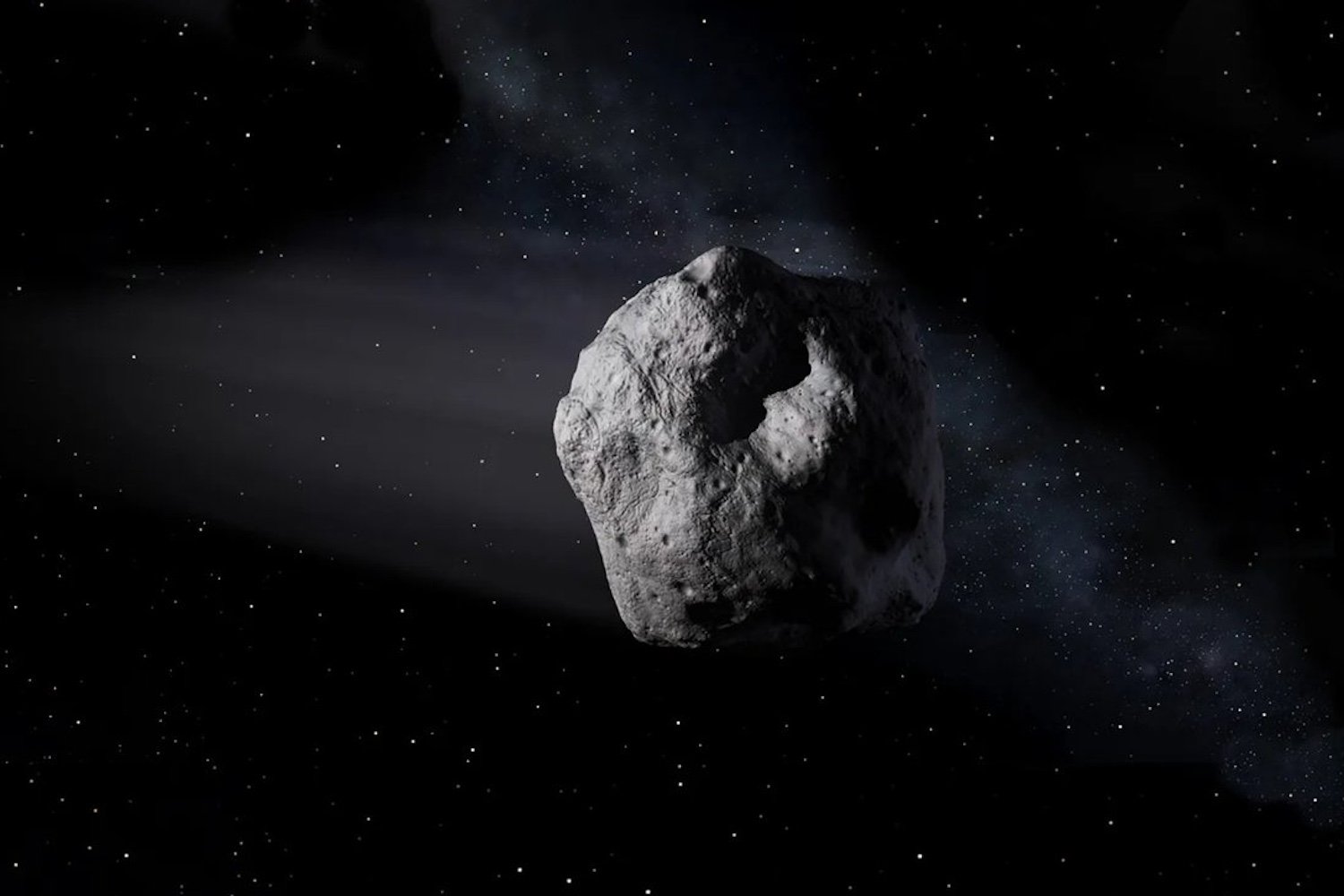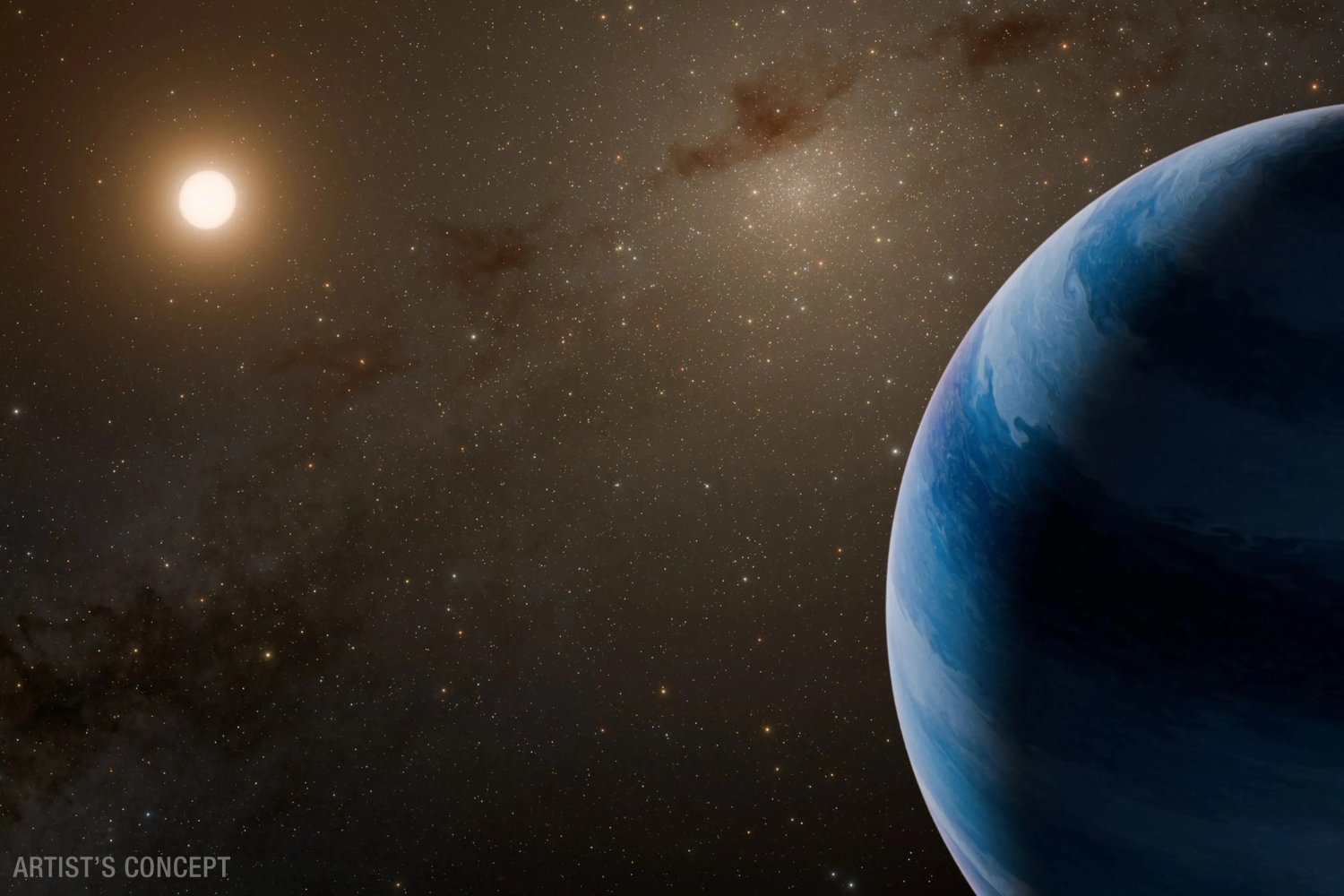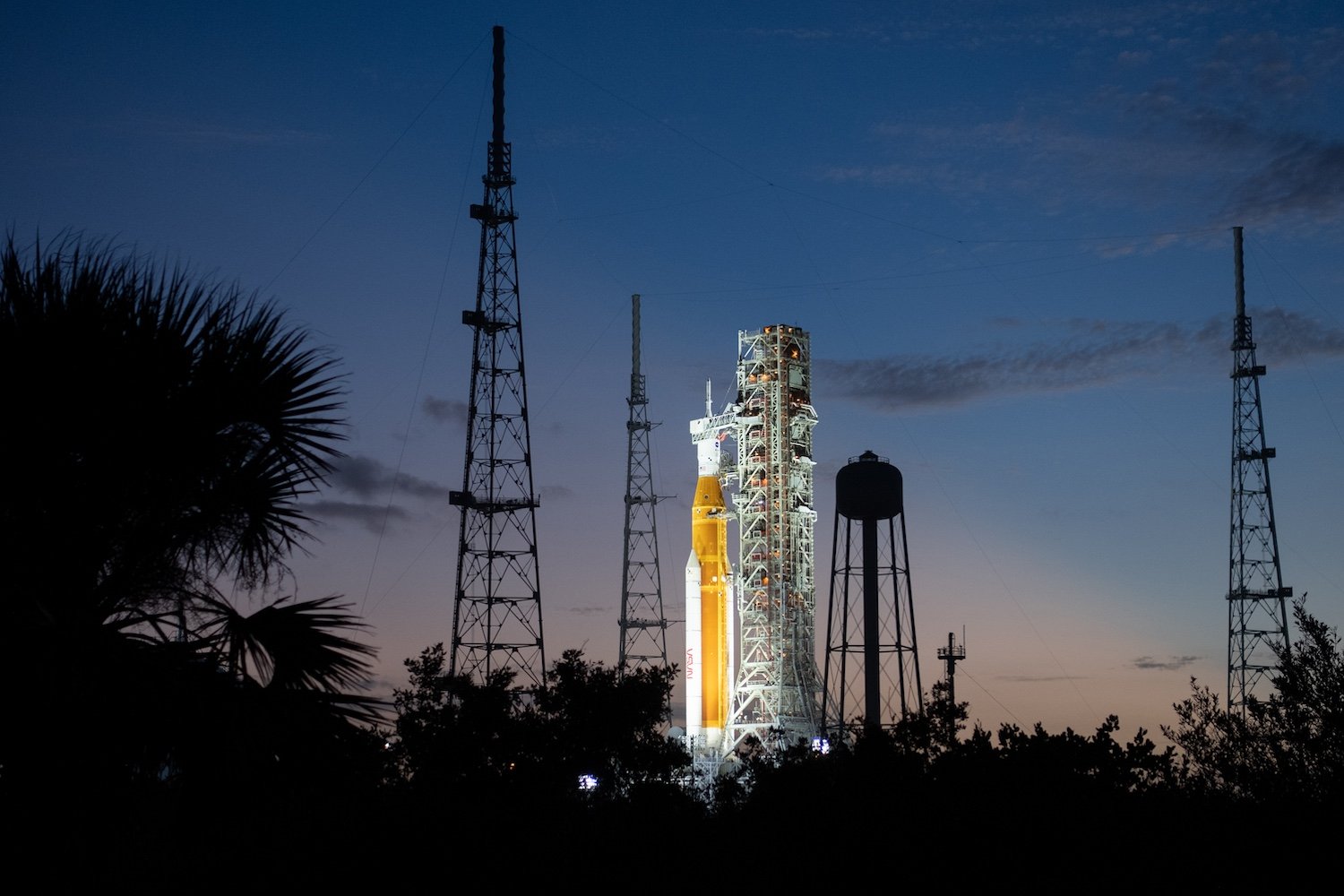The search for extraterrestrial life continues, with no confirmed discoveries yet. This leads us to wonder what kind of life might exist beyond our current reach and whether they might be searching for us too. While a planet mirroring Earth in terms of life and technology seems unlikely, exploring how a hypothetical “twin Earth” could detect signs of humanity offers valuable insights into our own search for intelligent life.
This concept was the focus of a recent study published in The Astronomical Journal, led by Sofia Sheikh of the SETI Institute. The team explored how a technologically similar civilization might perceive Earth, based on our current technological footprint. Sheikh highlighted the intriguing aspect of using SETI as a “cosmic mirror,” reflecting on what Earth’s presence might look like from a galactic perspective and how our planetary impact might be interpreted.
The research focused on Earth’s technosignatures – indicators of technologically advanced life. These include radio signals, artificial light, and nitrogen dioxide emissions. Instruments like the upcoming Habitable Worlds Observatory (HWO) could potentially detect nitrogen dioxide emissions up to 5.7 light-years away. However, the study revealed that powerful radio signals, similar to those previously emitted by the Arecibo Observatory, are Earth’s most detectable technosignature, potentially reaching up to 12,000 light-years away.
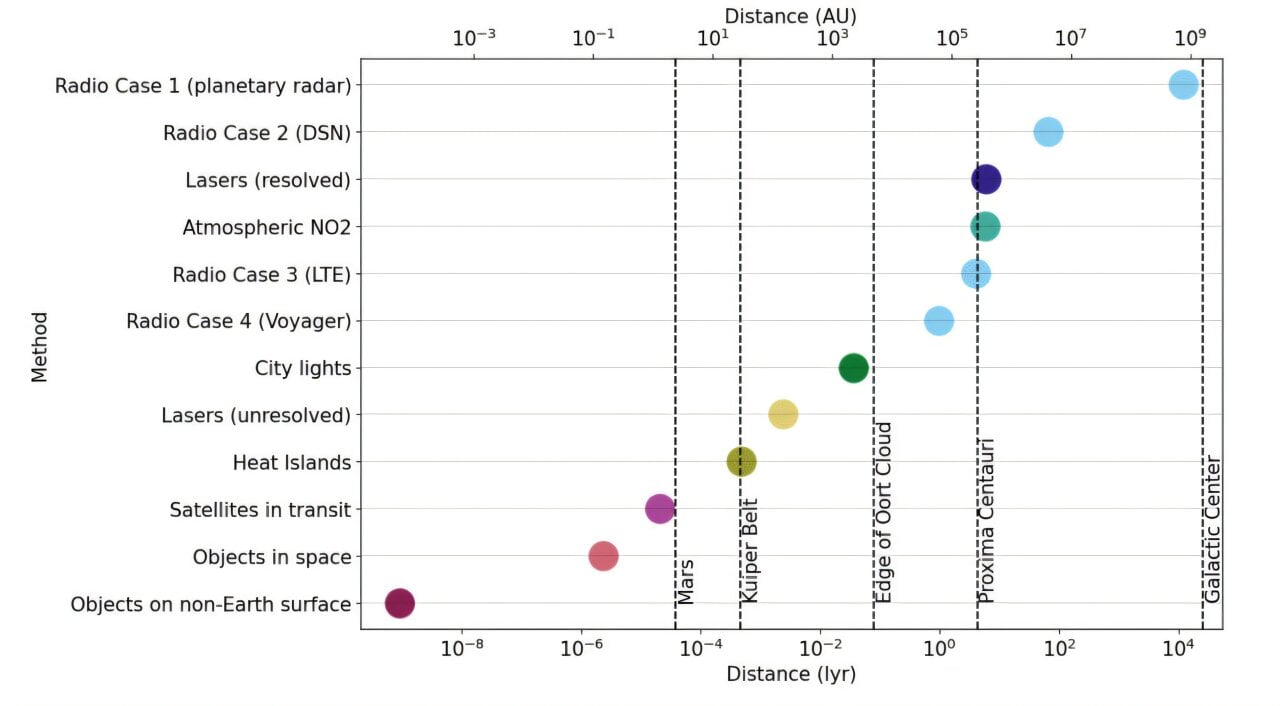 Earth Technosignatures Distance Graph
Earth Technosignatures Distance Graph
Co-author Macy Huston emphasized the importance of grounding SETI research in our current understanding of Earth’s technosignatures and detection capabilities. While acknowledging the unlikelihood of encountering identical alien technology, quantifying our own technological output provides valuable context for SETI searches.
The closer a hypothetical alien civilization is to Earth, the more likely it would be to detect multiple technosignatures concurrently. Beyond radio signals and nitrogen dioxide, other human-made markers like satellites, lasers, urban heat islands, and city lights would become increasingly apparent. The researchers described this as a “multiwavelength constellation of technosignatures,” with more components becoming visible with closer proximity. This study marks a pioneering effort in examining technosignatures collectively, rather than individually.
While the existence of an Earth twin remains speculative, analyzing our own technosignatures helps us understand potential evidence of life elsewhere and refine our search strategies. The study doesn’t definitively answer whether we are alone in the universe, but it provides a valuable framework for interpreting potential signs of life and informs future SETI endeavors. It underscores the importance of considering our own technological footprint in the grand cosmic search for life beyond Earth.



